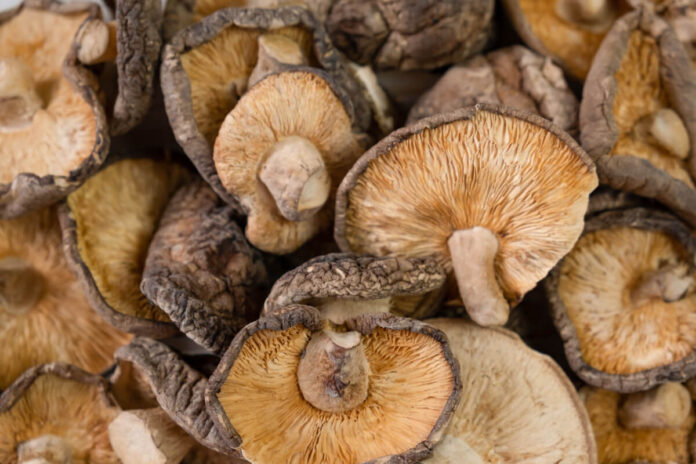With the right technology, farmers and entrepreneurs can capitalise on medicinal mushrooms.
Story so far: The Indian Institute of Horticultural Research (IIHR) in Hesaraghatta is developing the right technology to leverage the health benefits of various mushroom varieties. The Shiitake and Hericium varieties grown locally have met with sufficient commercial success. IIHR will hold a four-day fair at its premises from February 22 to display best practices and technology for mushroom cultivation.
- A senior scientist at the Mushroom Research Laboratory in IIHR reveals that the daily mushroom yield is only 20-25 kg. Cultivating them in large quantities is a challenge in Bengaluru’s changing climatic conditions.
- Some varieties need temperatures lower than 18 degrees celsius and humidity all cycle. To foster this environment, scientists are using technology that’s usually supplied to hotels and restaurants in the city.
Why it matters? For a long time, Japan, China, and South Korea met the lion’s share of mushroom demands in Southeast and West Asia. However, the COVID-19 pandemic substantially disrupted its cultivation and supply chain. This allowed demand for India’s mushrooms to boom in Asian and domestic markets.
Benefits: The high medicinal value of mushrooms is used in cancer treatments in Japan. They have anti-ageing properties and help in reducing cholesterol. The IIHR is creating millet mushroom cookies with a high protein content of 13.5% – 15% and lower carbohydrates.

